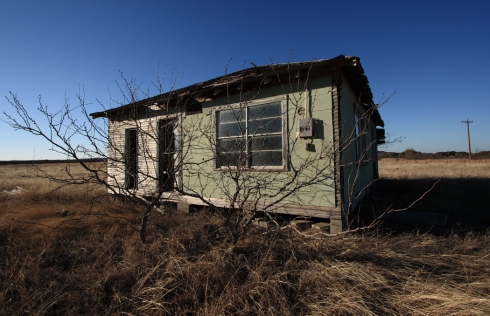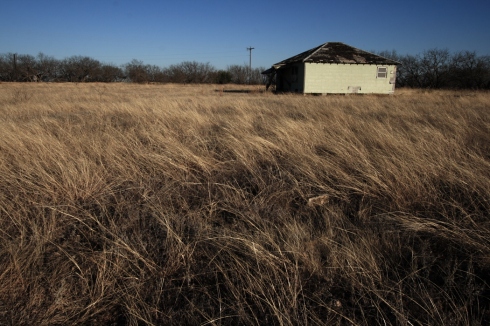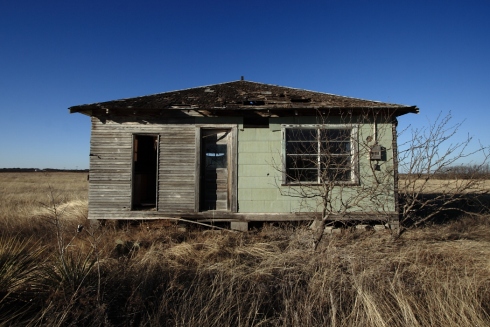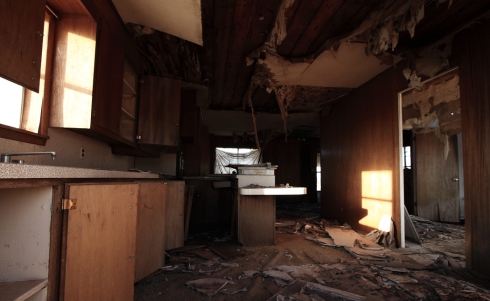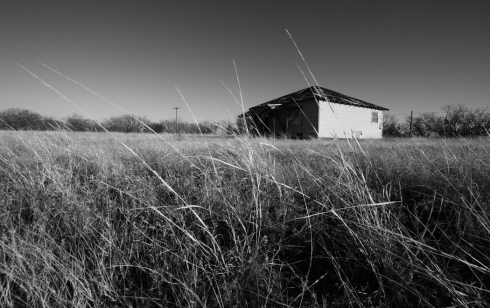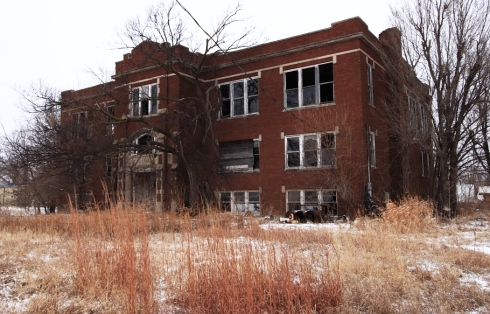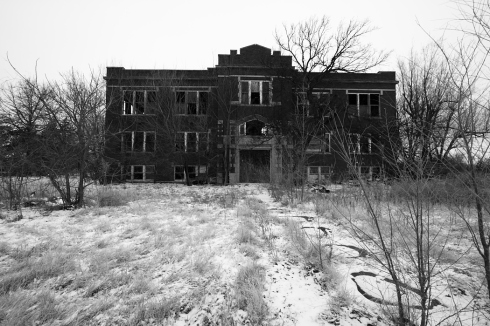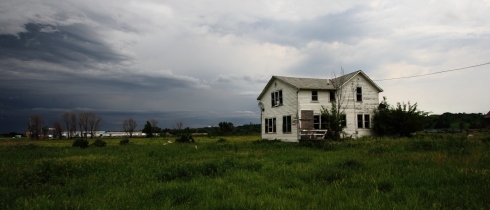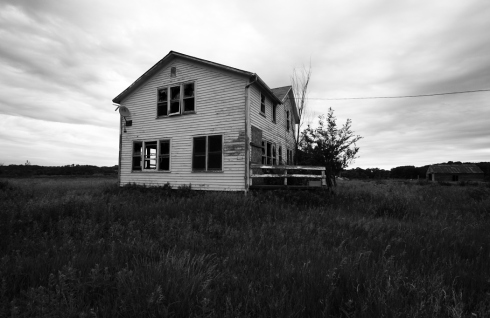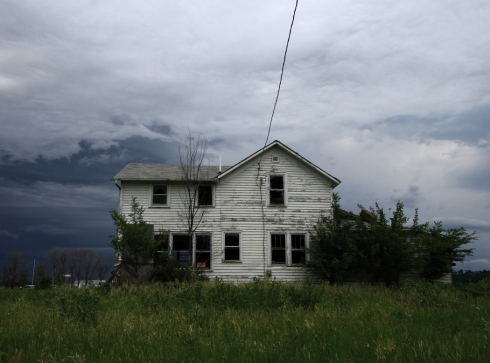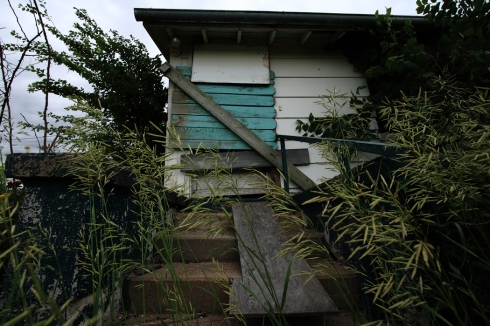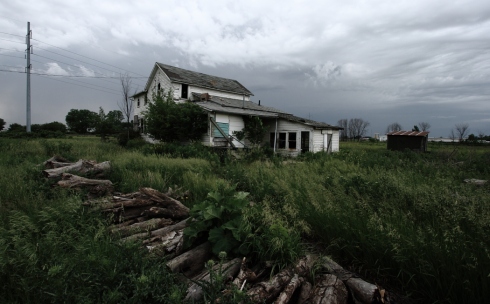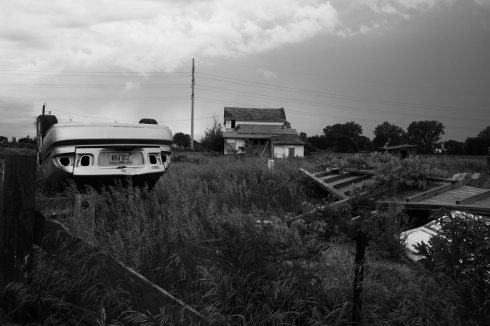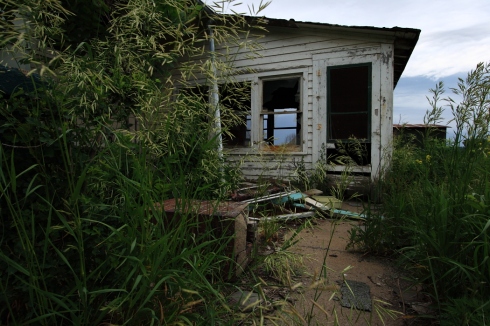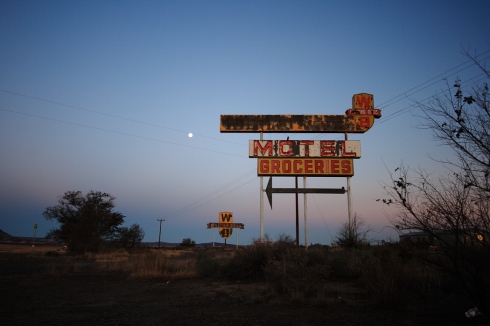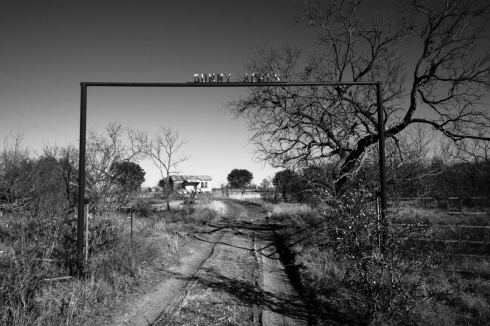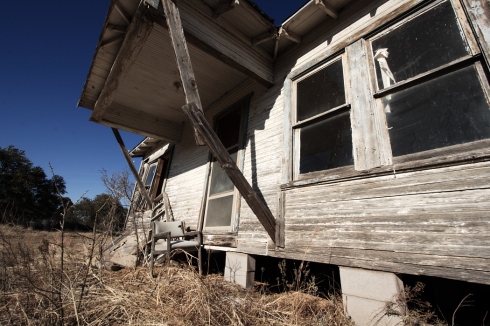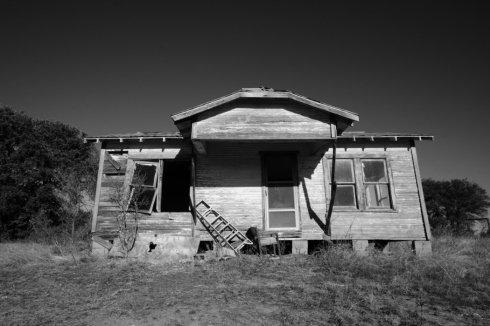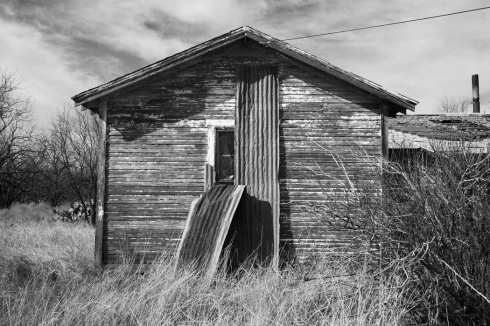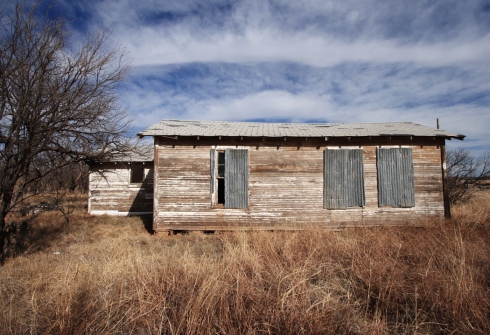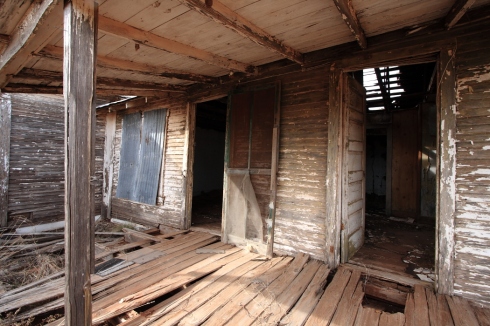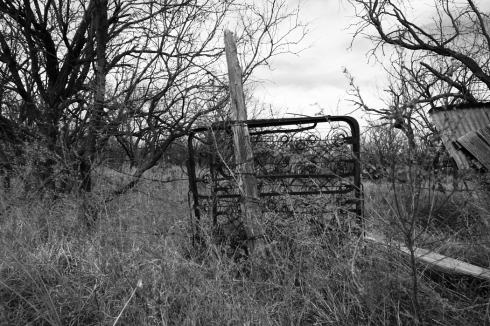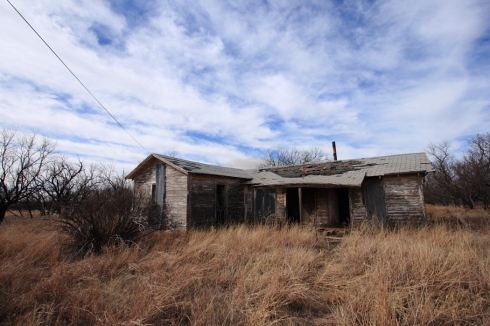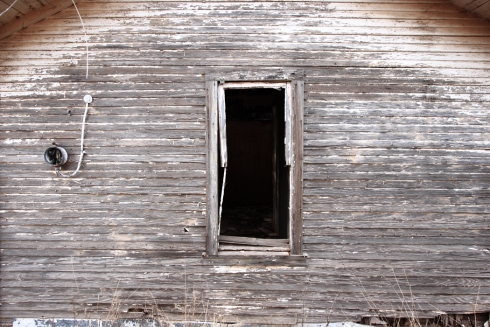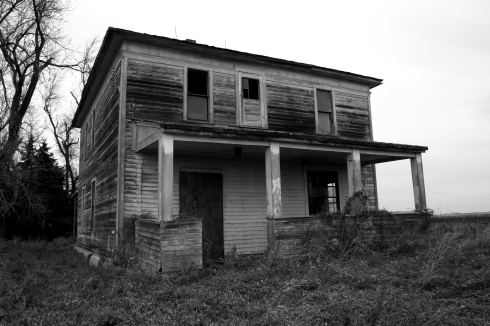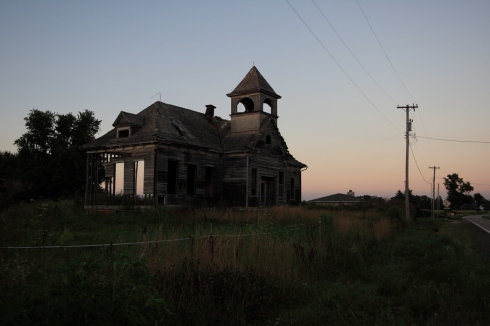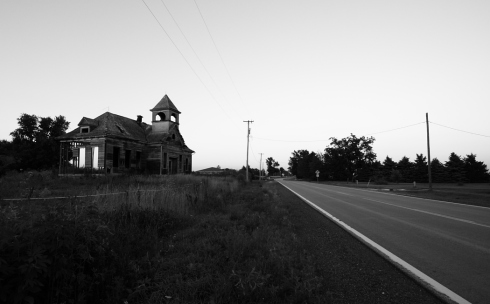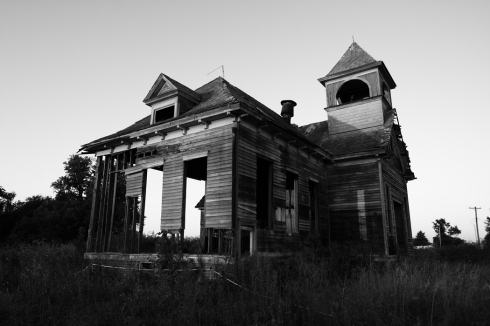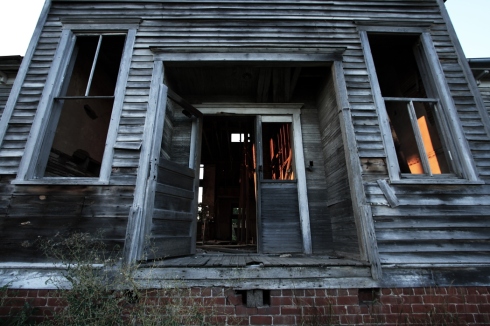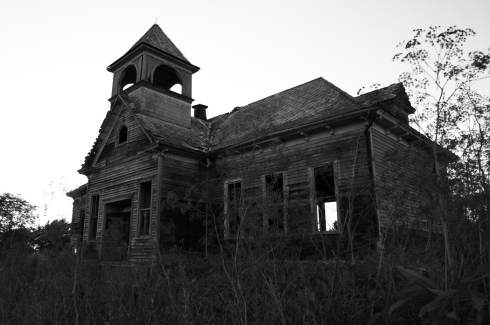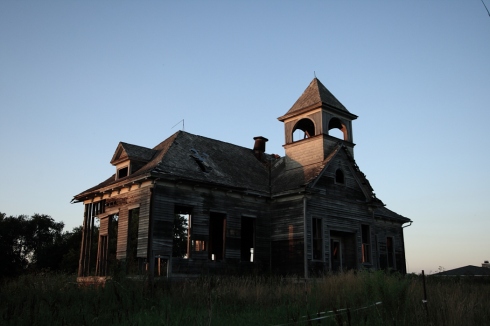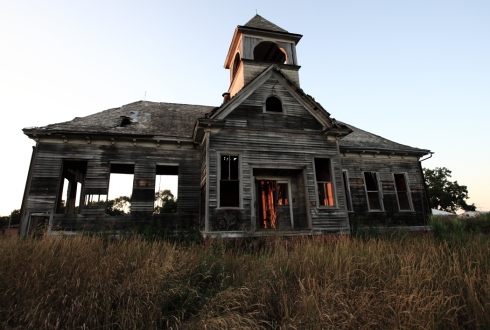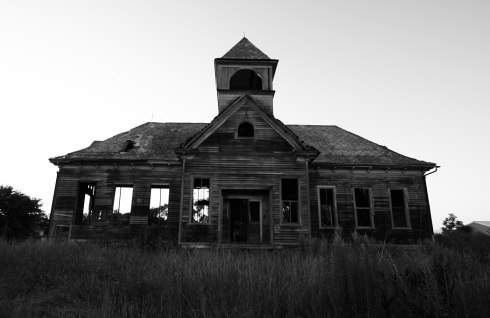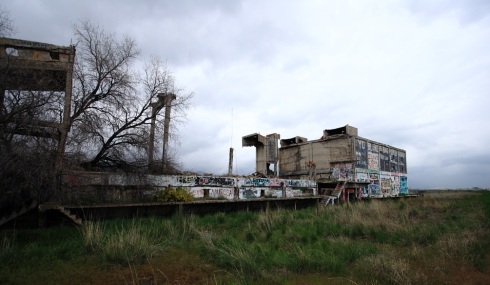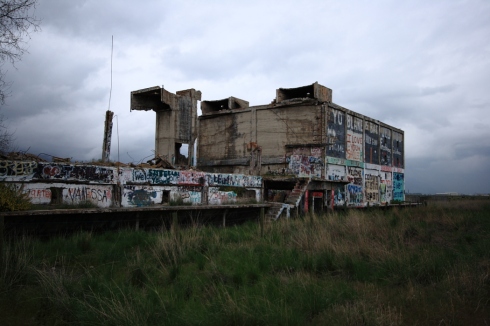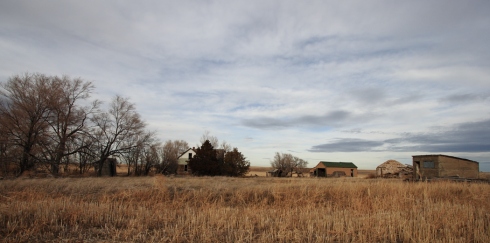
The farmstead
The first time I discovered this remote farmstead, a rural oasis of decay in Western Nebraska, was in the early Spring of 2010. It was a fabulously gorgeous sun filled day with a cool zephyr. I was heading East with the intention of meeting up with my father in Iowa for our next work assignment and earlier in the day I had photographed two other equally exciting Nebraskan farmhouses near the Wyoming border. It was one of my most memorable and exhilarating days in rural exploration. It was a kind of day that one hopes to repeat.
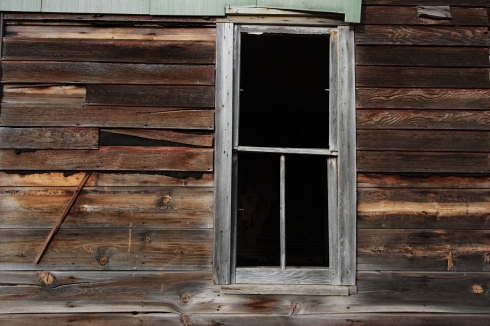
I remember the prickly jumpy sensation erupting across my skin when I caught my first glimpse of this lovely house quietly resting amongst overgrown trees and budding Spring grass. From the interstate I could easily see that the farmstead was sequestered from the living world by generously vast farm fields not yet prepared for the new growing season. I knew in my heart, my gut, my thrilled soul that something wonderful awaited for me here.
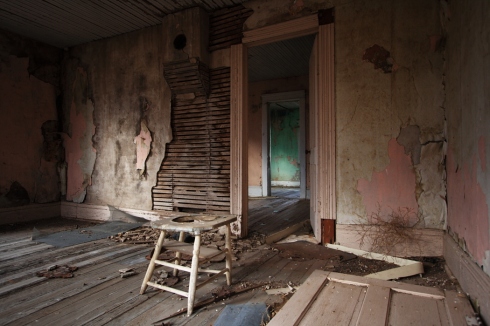
Missing woodstove
Within seconds I saw an exit and immediately turned off the interstate. I made my way toward an unusually wide dirt road, Road 16; and with my overflowing good luck the road led past the farmstead in question. Thanks to the unusual wideness of the Rd 16 I was able to park my car along edge without fearing that I would be blocking an unlikely passerby. There was no driveway or path that I could walk to farmstead leaving me with only one option, to run across the farmer’s field; it was still winter-hard and uneven from last season’s ploughing. Crossing the field was not difficult, but the rock hard furrows were not easy on the ankles.
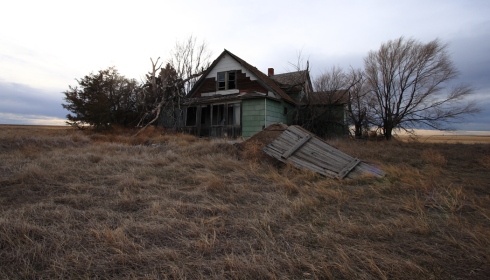
underground storm shelter/root cellar
To my incandescent delight the farmstead did hold many wonderful treasures for me to photograph! The house in itself was also pleasure to explore with the walls of each room displaying curiously colorful paint choices. I had expected the house to be an empty shell, but instead there were shoes, gloves, handmade furniture and a few antiquated items that I had eagerly hoped would still be there for future visits.
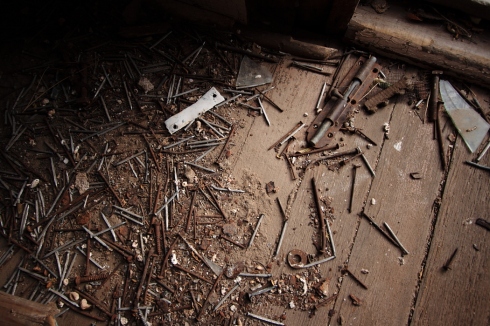
Nails and hardware by the front door
My second visit was just a few short weeks ago, almost two and half years after the first. I had just completed a work assignment along the Western coast and was once again Eastward bound to meet up briefly with my father before taking a Midwestern detour to visit a dear friend.
To my pleasant surprise and gratefulness the house was still standing; lately it seems that many of my old haunts are quickly being demolished before I feel fully satisfied in knowing them, it’s a sad reality that comes with photographing and documenting Rural Decay. There never seems to be enough time to get what I want.
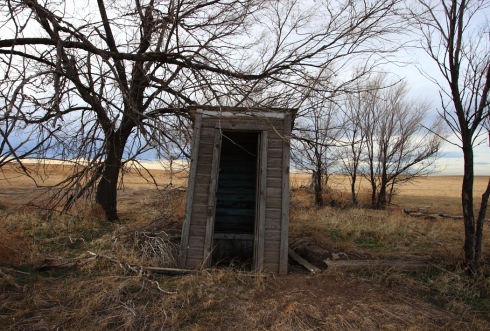
Inside is painted Haint blue
I was eager to see what had changed over the years and from the moment I stepped onto the property I could instantly see and feel the difference. There was once a pickup truck that looked to be from the late 1940’s or early 1950’s that was once parked on the edge of the property facing toward the house. I remember it being a dark forest green and rusted. All that is left from the pickup truck is a pile of broken windshield glass and four deep tire impressions in the ground. A pity, the day was a good day for a photograph.
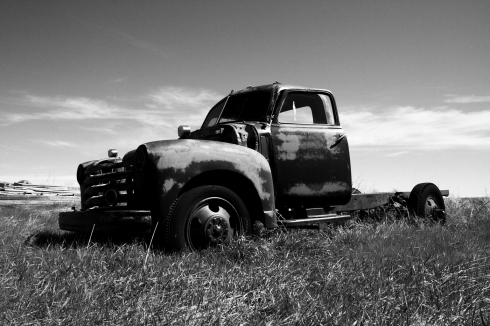
My only photo of the truck from before.
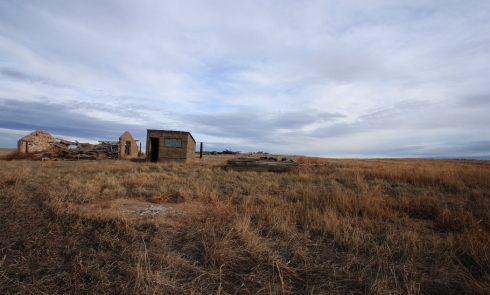
Where the pickup truck was once parked.
Inside the front living room there was previously an old black wood stove, possibly from the 1940’s. It was located beside the doorway leading into an adjacent room. Today, in the stove’s place was a pile of cream pinkish wall rubbish. I also noticed that the door was no longer hinged but removed and placed on the floor.
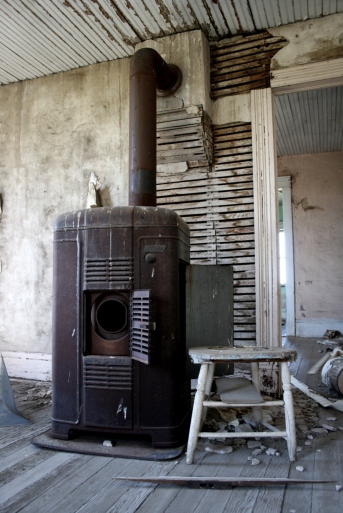
The missing woodstove
A third noticeable difference was a missing cast iron tub from the side porch. And though the tub is no longer there a faint outline of the tub along a wall faded from years of direct sunlight is the only proof that it had ever existed.

The outline of the missing tub
With the last few years bringing hardship to many across the country it is difficult to know for certain if the individuals who removed some of the key items for scrap metal or eBay were treasure hunters or the current property owners. When I first came the front door was closed and, respectfully, I closed it after I left. This time the front door was left open. I could be wrong, but this detail has me thinking that treasure hunters are the more likely case.
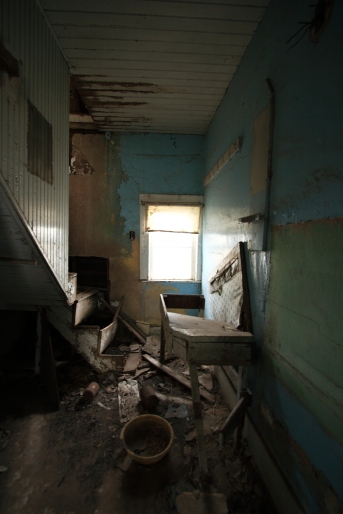
Laundry folding station and rotted stairs to second level
Despite the changes over the years the house still feels welcoming and new details, unnoticed last time, meet the eye. I realized during my second trip that the exterior was originally painted red, like a barn, before someone covered the thin wooden siding with a mint green and white shake siding. Some of the greenish square panels had broken off to reveal the original red color, now almost completely stripped, and were carelessly piled on the ground around the house.
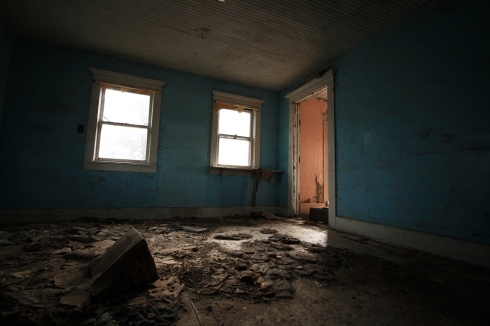
Blue room with gloves
I am curious to learn what will change in the next year or so before I return for my third visit. Will the house remain standing, will the few valueless items like a dusty ceramic cup or rotten pair of canvas shoes still exist or will it become a sanctuary for wild animals and passing squatters? Or, maybe nothing will change and I will discover another detail that had gone unnoticed.

Item left in the pantry

Cup left in pantry
Until then.
